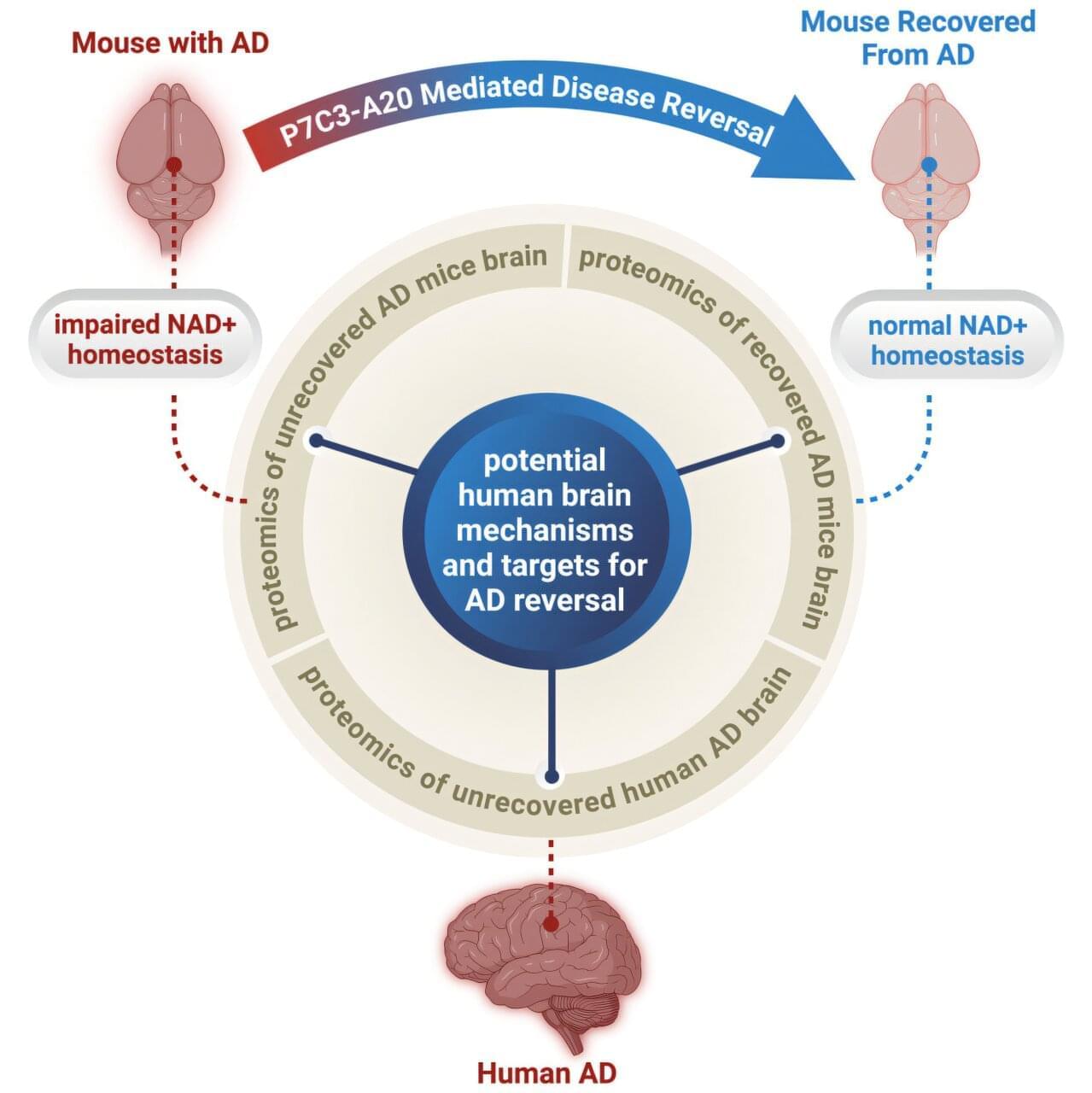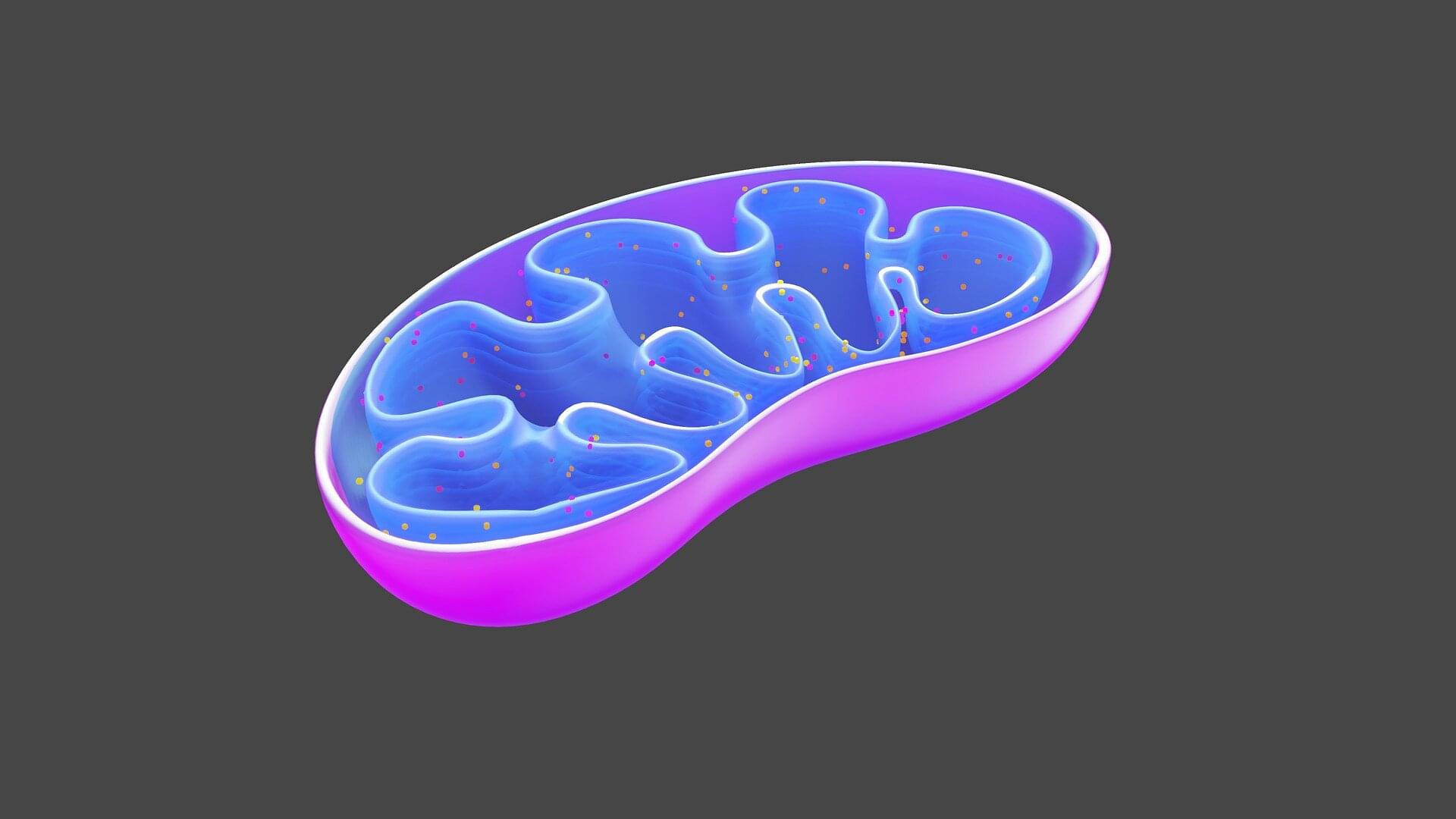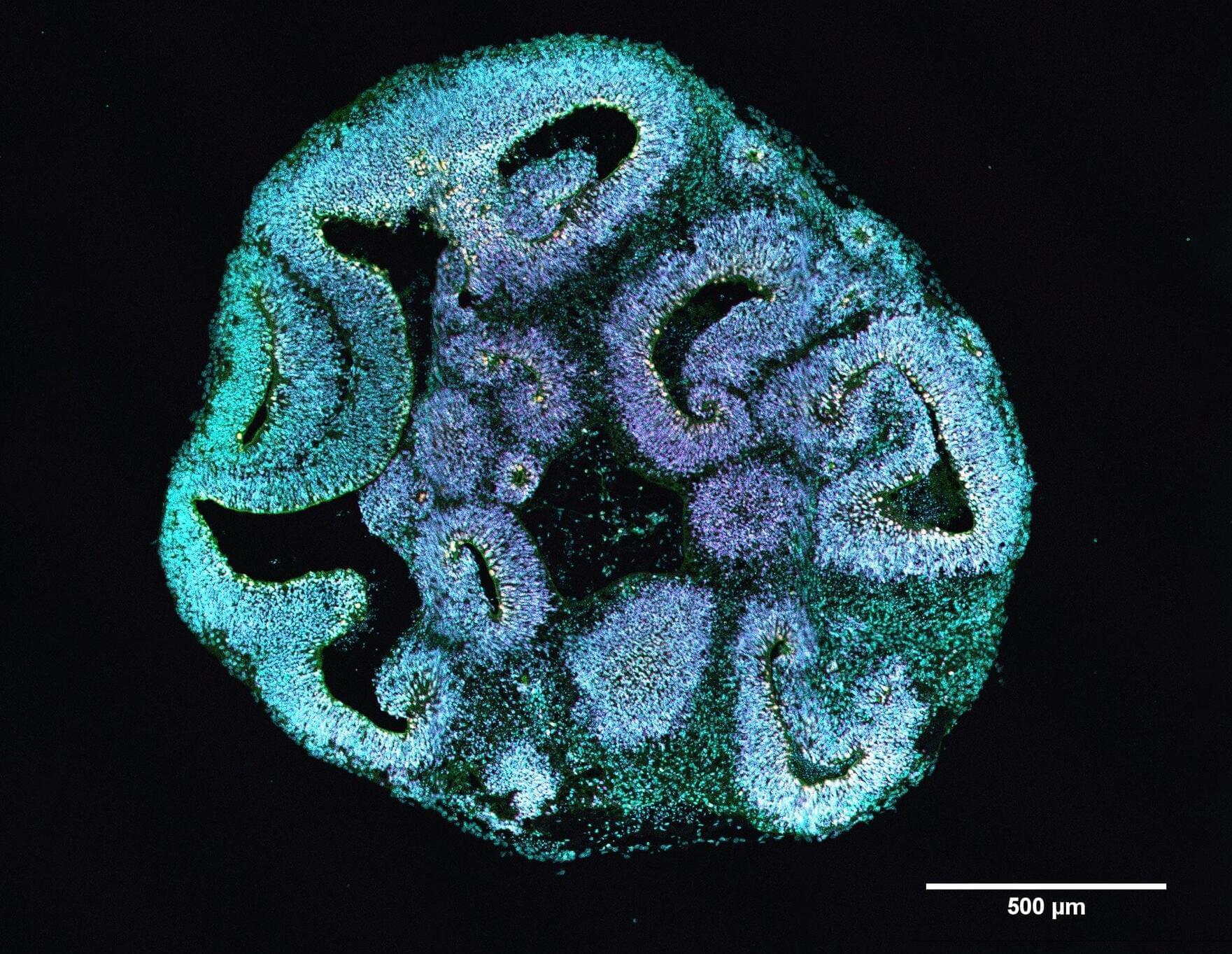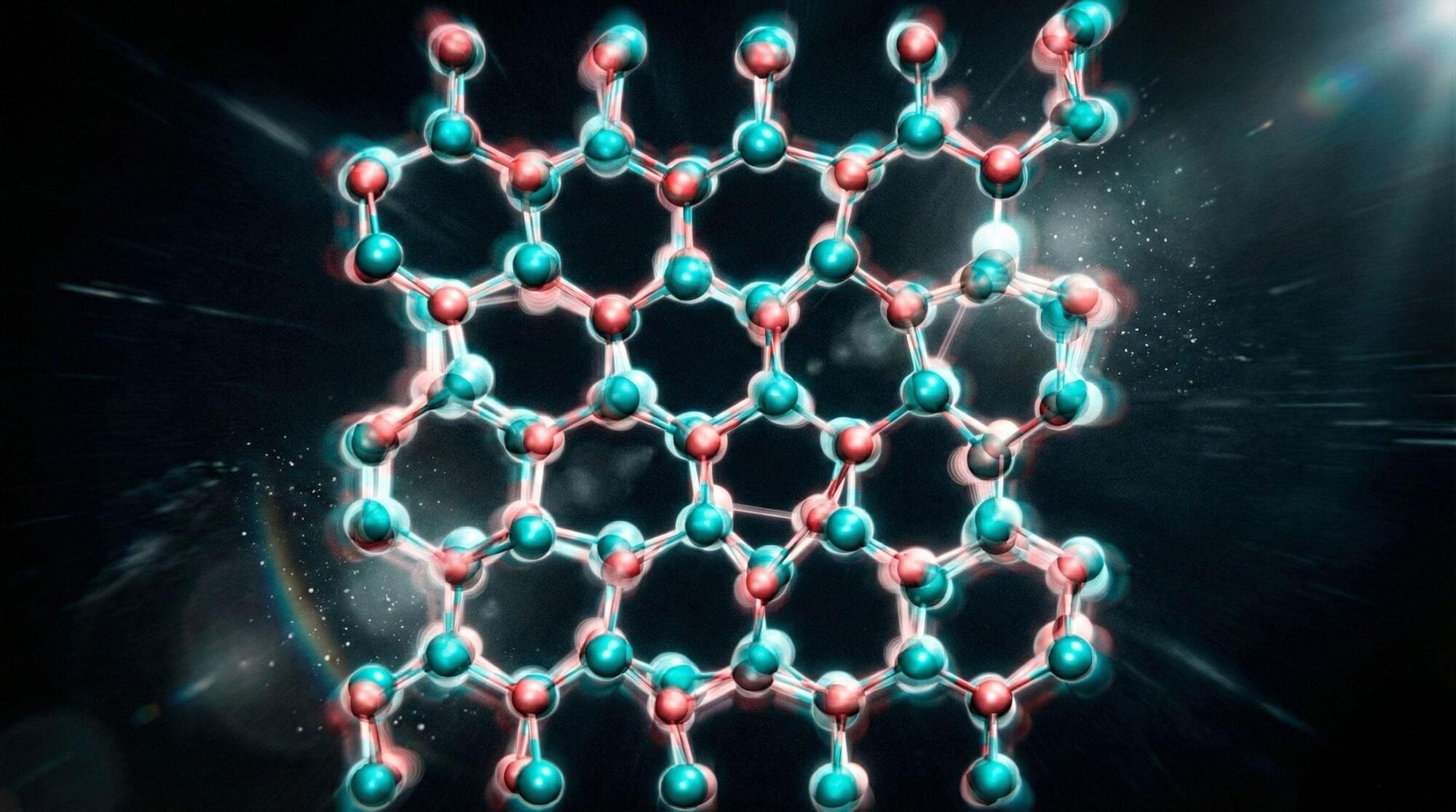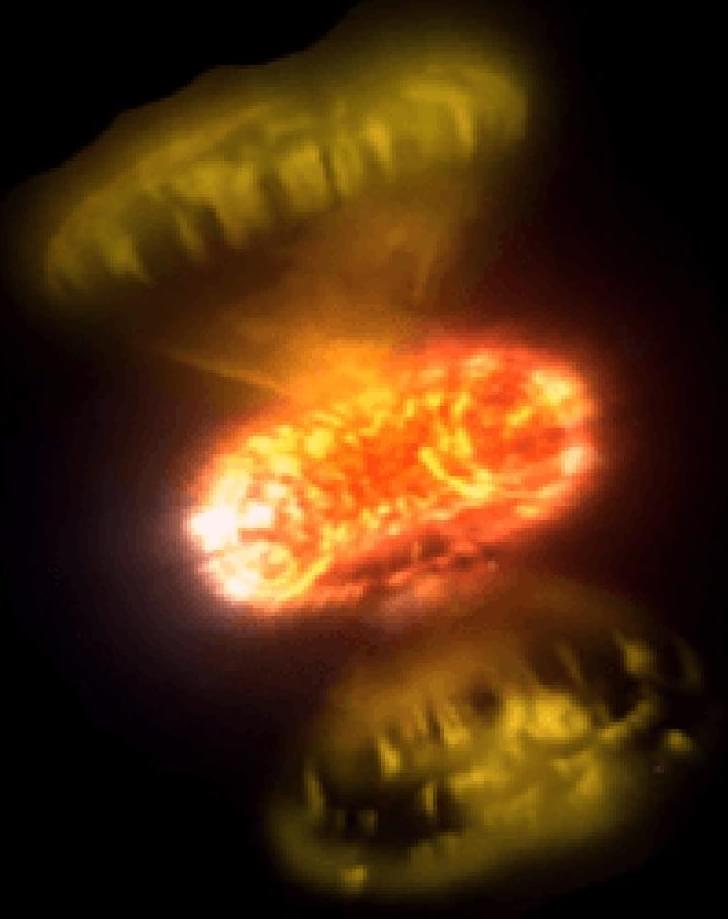Every task we perform on a computer—whether number crunching, watching a video, or typing out an article—requires different components of the machine to interact with one another. “Communication is massively crucial for any computation,” says former SFI Graduate Fellow Abhishek Yadav, a Ph.D. scholar at the University of New Mexico. But scientists don’t fully grasp how much energy computational devices spend on communication.

